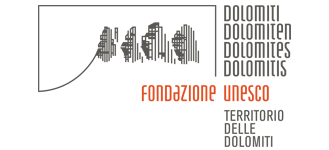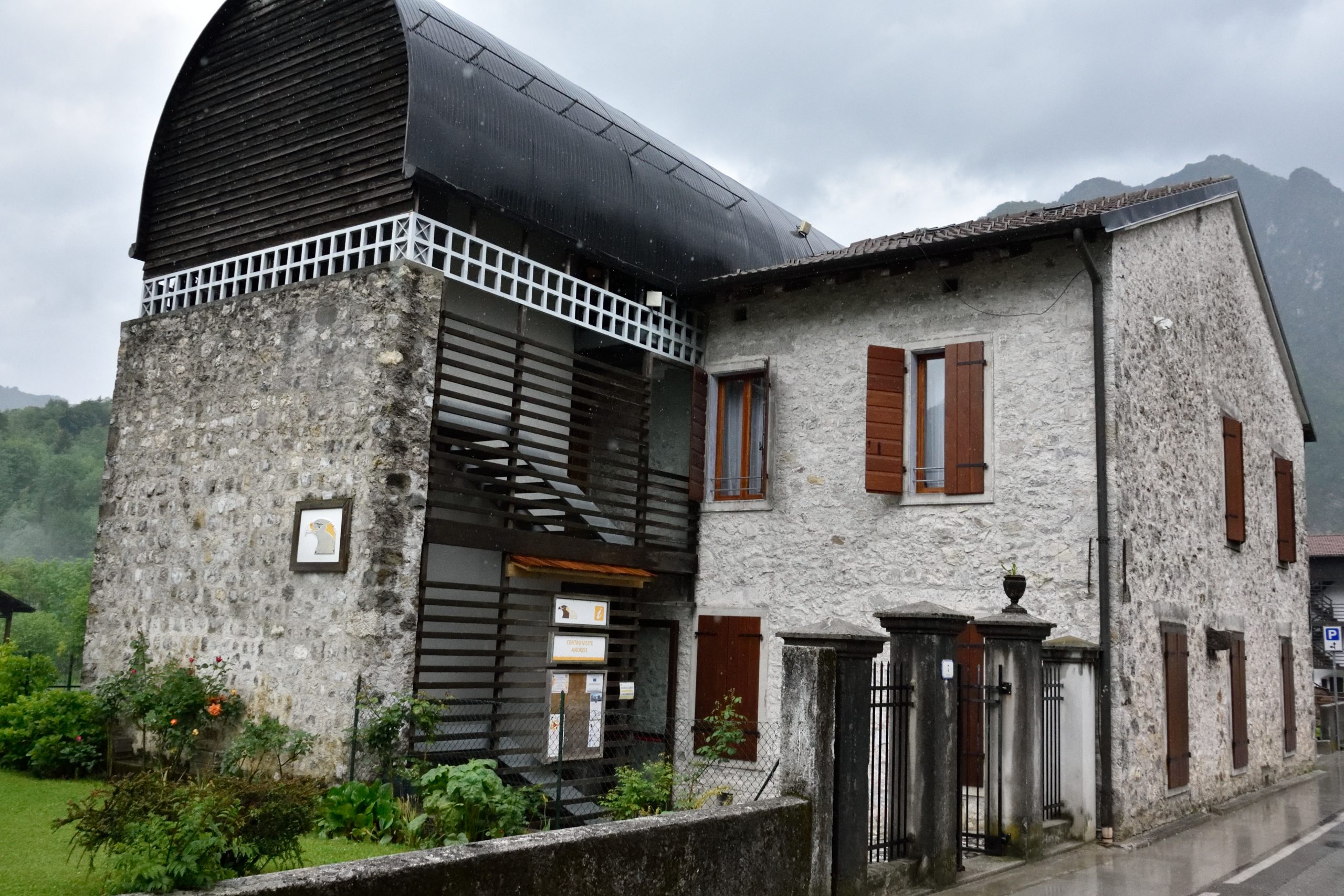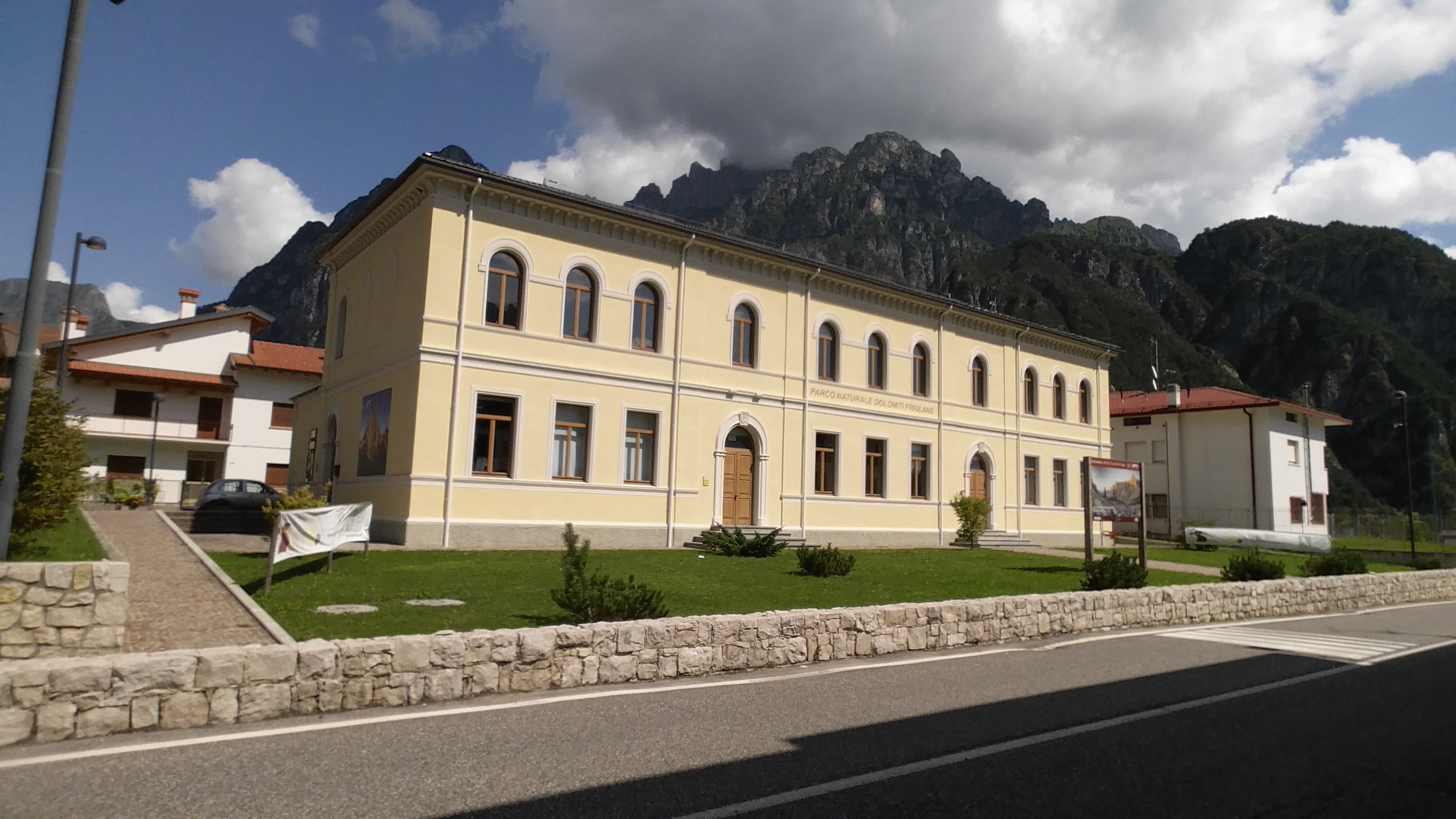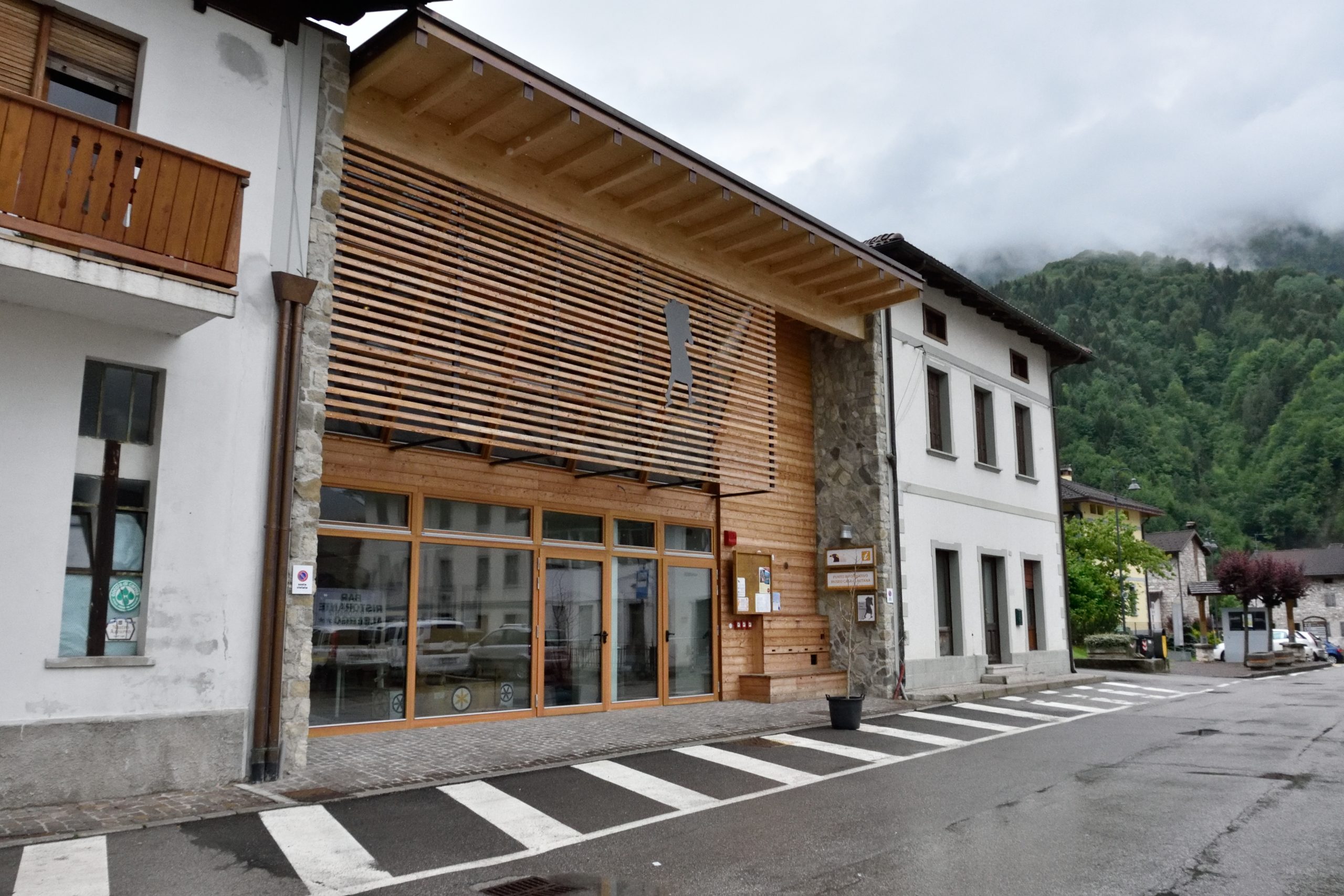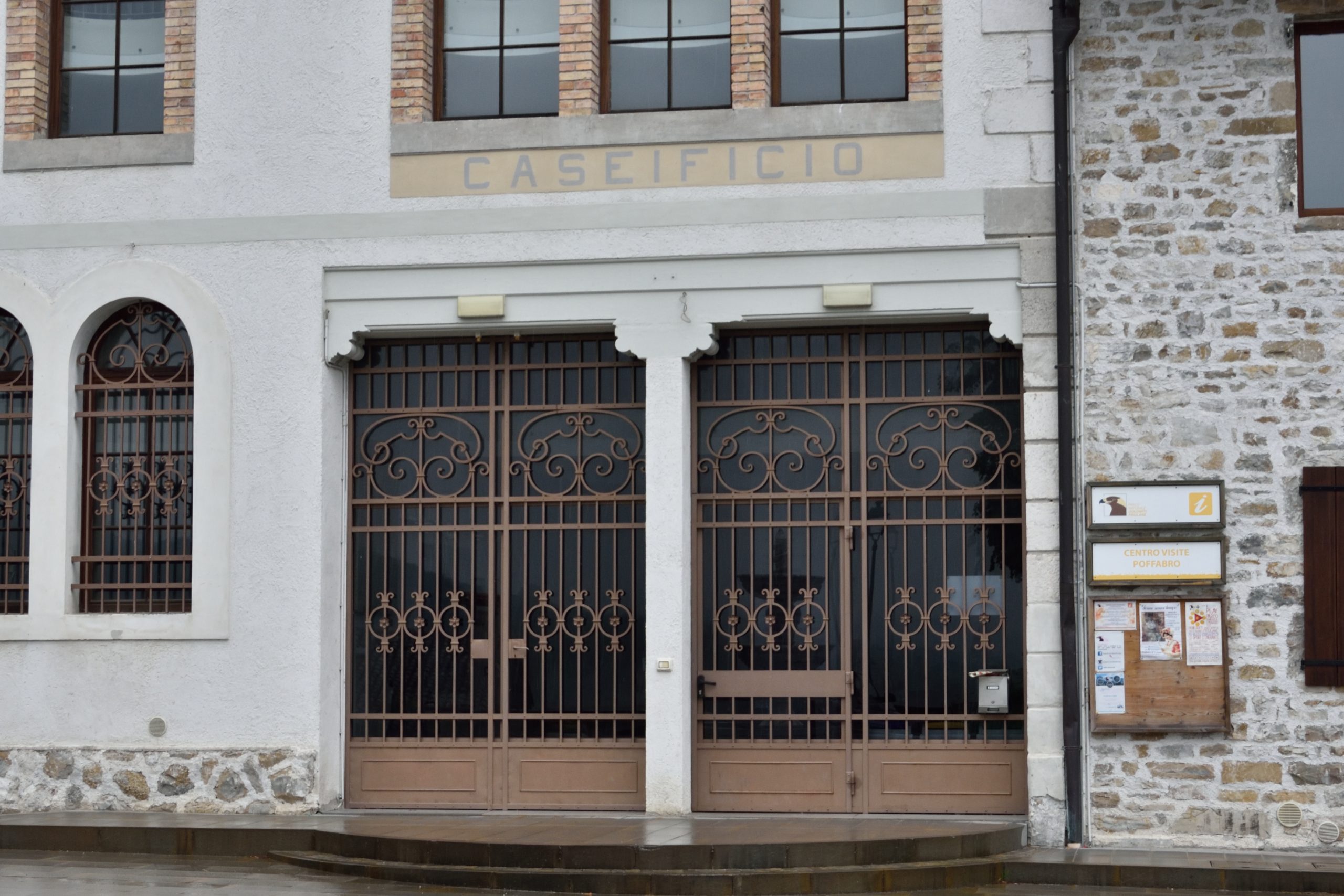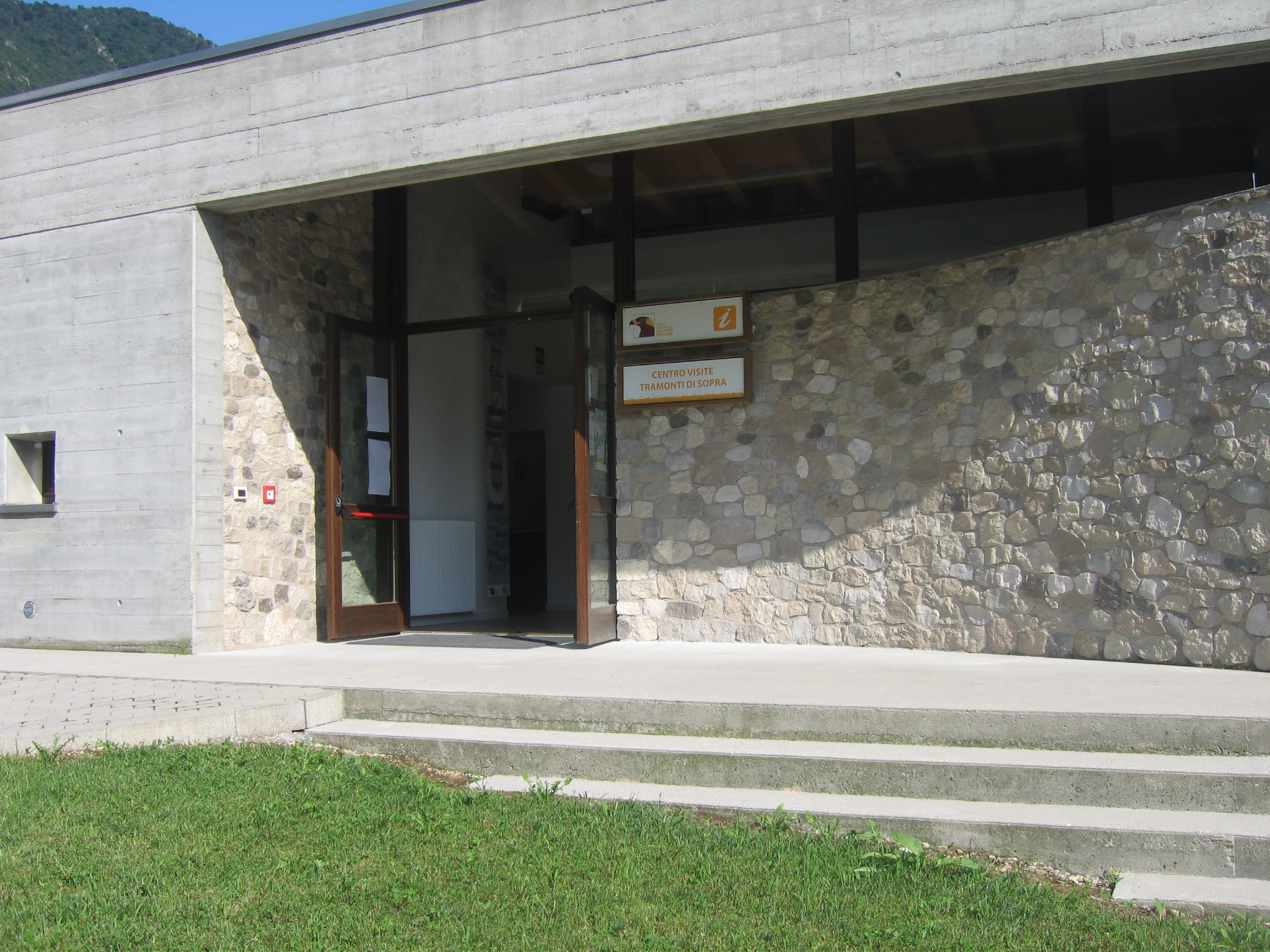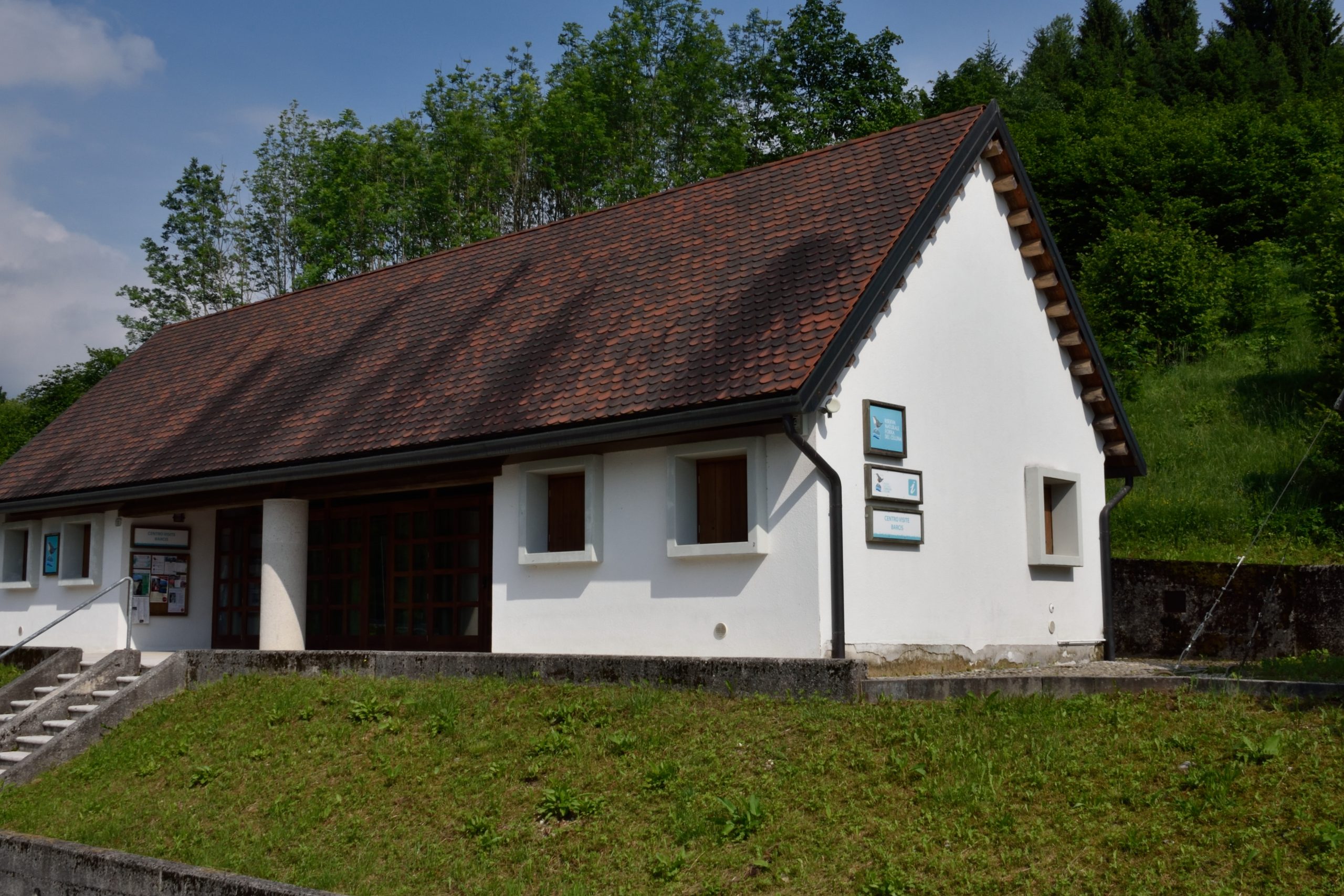ORARIO DI APERTURA 2025
dal 1 ottobre 2025 al 31 dicembre 2025 e FESTIVITA' NATALIZIE
Aperto la Domenica 10.00-12.00 / 15.00-18.00
Da Domenica 21 dicembre 2025 a Martedì 6 Gennaio 2026: Aperto TUTTI I GIORNI 10.00-12.00 / 15.00-18.00 (escluso il giorno di Natale)
APERTO ANCHE DURANTE QUESTE FESTIVITA’:
Sabato 1 novembre 2025 (festività) 10.00-12.00 / 15.00-18.00
Lunedì 8 dicembre 2025 (festività) 10.00-12.00 / 15.00-18.00
Venerdì 26 dicembre 2025 10.00-12.00 / 15.00-18.00
Natale CHIUSO
EXHIBITION “THE PARK VEGETATION”
Il percorso espositivo conduce il visitatore attraverso i diversi aspetti della vegetazione delle Dolomiti Friulane; si inizia con le informazioni generali relative alla vegetazione degli ambienti montani per arrivare ai complessi ed importanti rapporti storici tra l’uomo e le piante.
Sono inoltre presentati anche gli aspetti naturalistici più interessanti come gli adattamenti alle notevoli difficoltà ambientali, gli endemismi e le diverse forme con cui le piante si organizzano in comunità stabili. La struttura opera inoltre quale laboratorio didattico a carattere botanico, ospitando, tra l’altro, mostre temporanee relative ad erbe e funghi. All’ultimo piano della struttura è inoltre presente una sala convegni multimediale.
Al Centro visite sono collegati il “Sentiero dei bambini” (itinerario naturalistico adatto a scolaresche e gruppi familiari) e “L’orto botanico” realizzato grazie ad un’iniziativa che ha visto coinvolti il Parco, il Consorzio delle Dolomiti friulane, il Comune e le scuole di Forni di Sopra.
A queste realtà si aggiunge anche il “Percorso delle piante alimentari ed officinali”.
Obiettivo di questo progetto è quello di conservare la memoria storica delle tradizioni legate alle colture autoctone, stimolare la conoscenza e offrire esempi pratici sull’uso produttivo delle erbe alimentari e officinali e contribuire alla valorizzazione turistica del territorio.
- INDIRIZZO: Via Vittorio Veneto, 1 33024 Forni di Sopra (UD)
- TELEFONO: +39 042787333
- EMAIL: info@parcodolomitifriulane.it
THE FLORA BIOTOPES
A large living mosaic The mountain landscape is like a complex mosaic of different living communities. Each community occupies a more or less large space said biotope. All flora habitats determines the physiognomy of the plants’ landscape.
VEGETATION AND ENVIRONMENT
It is consisting of all plant organisms living in a specific environment. In the alpine environment the vegetation is shaped by environmental factors such as altitude, slope exposure, amount of precipitation, type of rocks and so on.
- The vegetation forms The characteristics of structure and development of vegetable sets determine the vegetation types. The vegetation can be herbaceous, shrubby or arboreal. In the first case prevail meadows and pastures, in the second case bushes and shrubs, in the third case woods and forests.
- The vegetation of the Friulian Dolomites On the park mountains the vegetation includes the three most typical structural forms: pastures, shrublands, woodlands and forests. To these are added other due to the special nature of the environment and to the man work. In the first case, for example, the pioneer vegetation of rock type; in the second case instead the vegetation of the cultivated valley.
- The types of vegetation In the Park of the Friulian Dolomites prevails the forest vegetation. In the largest forest context of woody type is mainly or exclusively constituted by beeches (Fagus sylvatica). The main type of vegetation is therefore represented by the beech forest.
- The altitude and vegetation At different altitudes the environment climate features change. In the alpine environment 100 m more correspond to a climate change of 3 degrees in latitude. It therefore follows that the climate and vegetation of the highest alpine altitudes are similar to the climate and vegetation of the arctic tundra.
- The Mountain Pine and the alpine pasture
- The beech and coniferous forests
- The mowable lawn and pine forests
MOUNTAIN SEASON
Seasons, which in our plains correspond to the duration set by the astronomical calendar, definitely change their duration in relation to altitude. The 250 days of the growing season typical of lower altitudes are reduced to only 70-100 days at higher altitudes.
ECOLOGICAL LAYERS
The scree slopes are covered by an incessant work of colonization by plants. The phases of this long and arduous process are called ecological layers. The stages are essentially three and occupy a time period between 20 and 50 years.
ENDEMICS SPECIES
Endemic plant species are divided into geographic groups (Eastern, Insubric, Western endemics …). In the park area there are numerous oriental endemics and, among these, also precious regional ones.
ADAPTATION
- Flora of the scree slopes Frugality that allows the tenacious flora of scree slopes to live and perpetuate itself in such a difficult environment is derived from specific adaptations that the various species have suffered in the course of their evolution. Among these, the reduction of the foliar surfaces to limit the loss of water by transpiration, the substantial root development and the ability to germinate in the dark and deep layers of the breaches.
- Flora of the cliffs The rocks of the Southern Alps, which the Friulian Dolomites belong to, is calcareous or dolomite- calcareous. The morphology of the mountains of the park is characterized by walls often sub-vertical and by more or less densely fractured rocks from perennial demolition phenomena. The rock environment is therefore characterized by high temperature, by prolonged lack of water and extreme scarcity of fertile substrate.
HEALING AND FOOD PLANTS
The plants used for the treatment of some human disorders or diseases are called healing herbs. It is a practice as old as man, grew up with human culture and deeply rooted in it. The so-called officinal plants have been described in treatises or gathered in herbaria for more than 5000 years. Also the own popular culture of the Friulian Dolomites handed down knowledge regarding the use of wild plants. Other topics are fully described in other vistiors centers:
Altri argomenti presenti ma più ampiamente descritti in altri Centri visite:
- The exploitation of the forest
- The modern forest management
- The role of forests
- The exploitation of the forest
- The wood craftsman
- The exploitation of meadows and pastures
- The hay culture
- The alp
- The Park’s alpine huts

